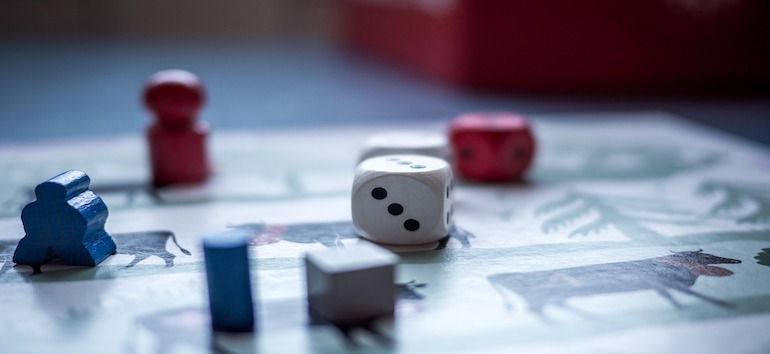Sign up for the Family Tree Newsletter! Plus, you’ll receive our 10 Essential Genealogy Research Forms PDF as a special thank you.
Get Your Free Genealogy Forms
"*" indicates required fields

Graveyards might make you think of Halloween or or scary movies. But to family detectives, graveyards aren’t spooky—they’re a great place to find family history clues.
Ask a parent or grandparent to take you to a cemetery where relatives are buried. In preparation for your trip, go to the library and get a book on tombstone art to help you identify symbols on the graves. A librarian can help you find one.
Be sure to pack these items in your cemetery detective kit:
- notepad
- pen or pencil
- digital camera for photographing stones
- spray bottle of water
- plastic or nylon brush (NOT wire)
- rags
- gravestone art book
You might want to bring some flowers to place on the graves, too.
Then get ready to use your detective skills to find and collect clues!
When you arrive at the cemetery, stop by the cemetery office first to get a map. If you aren’t sure about the location of your family’s graves, the caretakers can tell you what section and plot numbers, and help you find them on the map. Even if your parent or grandparent knows where the graves are located, you can circle them on the map to document their location for your family detective files.
Once you’ve located a relative’s grave, ask your parent or grandparent how that person is related to you (if you don’t know). Copy the tombstone inscription into your notepad.
You might see symbols or images on the stone. Those images usually have a meaning that can tell you something about the person’s life or personality—for example, a rose can symbolize motherhood. Look up the images in your tombstone art book to see if you can learn what they mean.
Look at the names of people buried nearby your ancestor’s. Relatives were often buried close together, so ask your parent or grandparent if any surnames look familiar.
Sometimes worn graves are hard to read. If you have trouble seeing what the gravestone says, try these tricks:
- Use your plastic or nylon brush to lightly remove any dirt or debris in the letters. Be very gentle so you don’t harm the stone.
- Spray the stone with water from your spray bottle. Water can make the letters clearer.
- Take a photo of the tombstone. When you get home, use the photo software on your computer to adjust the contrast in the picture (you may need your mom or dad’s help). You may be able to see details you’d never discern in person.
It’s a good idea to take photos of all the gravestones for your family, as additional documentation for your “evidence” files.




